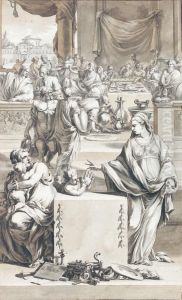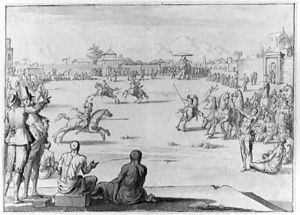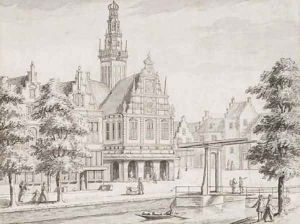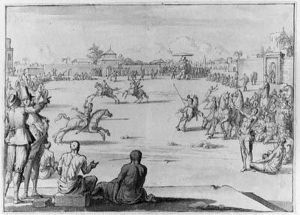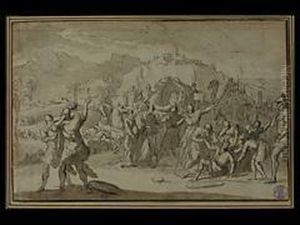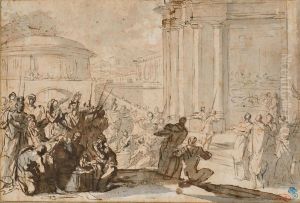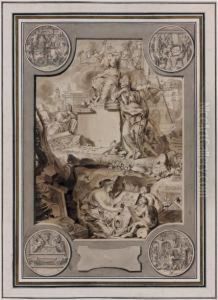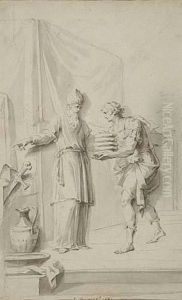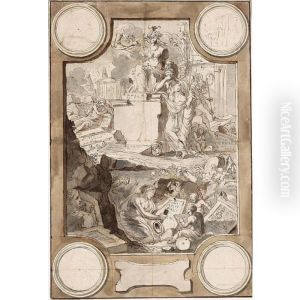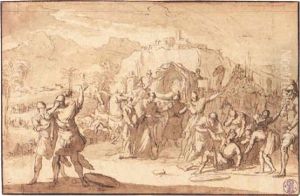Jan Goeree Paintings
Jan Goeree was a Dutch illustrator, printmaker, and art theorist born in Middelburg in 1670. He moved to Amsterdam in his early years, where he became a pupil of the painter and engraver Gerard de Lairesse. Goeree was known for his skillful engravings and etchings which often depicted historical and mythological scenes, as well as his work in illustrating books.
Goeree's illustrations were highly detailed and reflected a deep knowledge of classical antiquity, which was a common theme in Dutch art of the time. He collaborated with many scholars and publishers, contributing engravings to books on various subjects including history, art, and architecture. His works were influential in disseminating the Classicist ideals of beauty and harmony to a wider audience.
In addition to his illustration work, Jan Goeree wrote on art theory and history. He published several treatises that discussed the principles of art and the importance of studying the works of the ancients. His writings helped to shape the Dutch understanding of art during the period and emphasized the role of the artist as a learned individual with a responsibility to uphold aesthetic standards.
Goeree's own artistic style was characterized by a combination of realism and idealization, with an emphasis on clarity and order that was typical of the Classicist movement in the Netherlands. He passed away in Amsterdam in 1731, leaving behind a legacy as a significant contributor to the Dutch Golden Age's rich tradition of printmaking and art theory.
